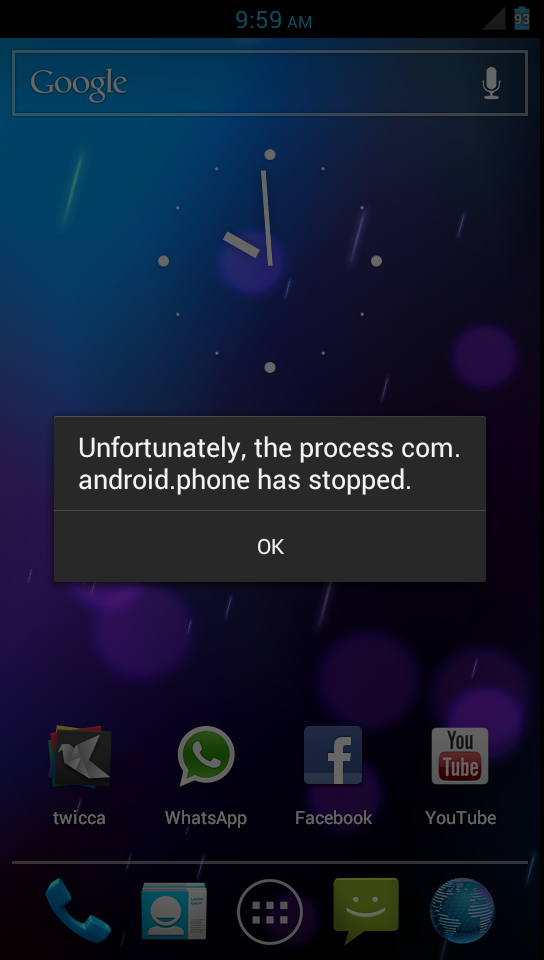
- #Android studio app unfortunately has stopped how to
- #Android studio app unfortunately has stopped android
- #Android studio app unfortunately has stopped code
TargetClass.getDeclaredMethod(methodName, argClasses) lets you look into private methods. Return method.invoke(targetObject, argObjects) Īnd for fields: Field field = TargetClass.getDeclaredField(fieldName) ġ. Method method = TargetClass.getDeclaredMethod(methodName, argClasses) Of course, you can't change private static final variables through reflection. The following patterns will let you do pretty much anything related to the private methods and fields. Internally we're using helpers to get/set private and private static variables as well as invoke private and private static methods. If you have somewhat of a legacy Java application, and you're not allowed to change the visibility of your methods, the best way to test private methods is to use reflection. No design compromises, no overexposing methods and fields for the sake of tests.
#Android studio app unfortunately has stopped code
This way your code remains type-safe and readable. Direct, *type-safe* access to *all* foo's members Some 10 years later perhaps the best way to test a private method, or any inaccessible member, is via from the Manifold framework. a few lines up to the line which threw the Exception). Try to be as concise as possible: post the stack trace, and the relevant code (e.g.
#Android studio app unfortunately has stopped how to
If you've found your Exception and the line where it occurred, and still cannot figure out how to fix it, don't hesitate to ask a question on StackOverflow. Read up on stack traces in " What is a stack trace, and how can I use it to debug my application errors?" I still can't solve my problem!

You only need to find out what exactly made your application crash, by analyzing the stack trace. Yay! You're halfway to solving your problem. An easy way to find the stack trace is to clear the logcat (using the recycle bin on the right), and let the app crash again. There may be a lot of stuff logged into logcat, so you may need to scroll a bit. Next, try to find the stack trace, which is shown in red.

Make sure your emulator or device is selected in the Devices panel.

In the bottom bar of the window, click on the Logcat button. This stack trace contains vital information for solving your problem.
#Android studio app unfortunately has stopped android
How to solve it?Įvery time an Android application crashes (or any Java application for that matter), a Stack trace is written to the console (in this case, logcat). The most common of these is the NullPointerException. Your application quit because an uncaught RuntimeException was thrown. Already have the stack trace? Read up on stack traces in " What is a stack trace, and how can I use it to debug my application errors?" The Problem This answer describes the process of retrieving the stack trace.


 0 kommentar(er)
0 kommentar(er)
